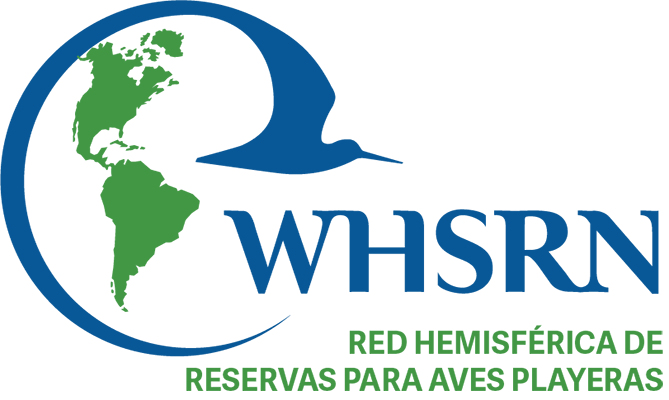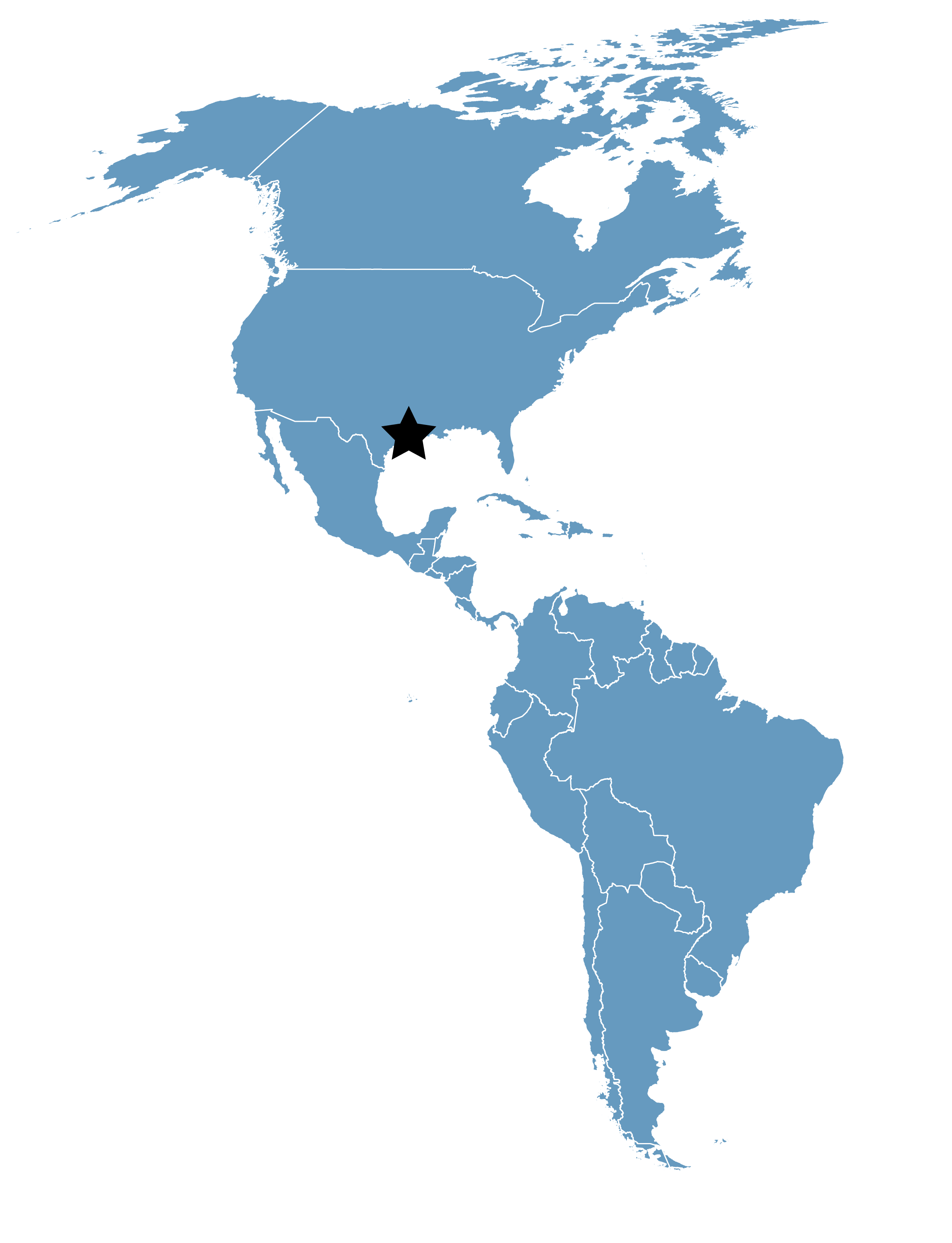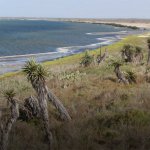Texas Mid-Coast NWR Complex
Location
Texas, United States
Category
International
Basis for Designation
Annually supports more than 100,000 shorebirds.
Size
28,261 hectares (69,834 acres)
Date Designated
August 1993
Site Owner
U.S. Fish and Wildlife Service
Site Partners
Brazosport Birders
Friends of Brazoria Refuge
Lake Jackson, Clute, and Freeport (towns collectively referred to as Brazosport, TX)
Brazosport Chamber of Commerce
Overview
The Texas Mid-Coast NWR Complex is made up of three NWRs: Brazoria, (45,764 acres); San Bernard, (62,909 acres); and Big Boggy (4,536 acres). The refuges include a myriad of habitat types, including tidal mud flats, shell beaches, fresh, brackish and salt marshes, impoundments, rice fields, and moist-soil areas. The marsh transitions into thousands of acres of protected salty prairie and coastal prairie habitats. San Bernard also protects 32,000 acres of forested habitats in the Brazos and San Bernard River basins.
At least 30 shorebird species are found on the site. Most common winter residents include: American Avocet, Willet, Dunlin, Dowitcher spp., Long-billed Curlew, and Western Sandpiper. During spring migration, Lesser Yellowlegs, Dowitcher spp., Dunlins and Semipalmated and Western Sandpipers are most numerous. Black-necked Stilts and Willets are most noticeable nesters, however, a few other species also nest in the area.
The refuges are also important to wintering waterfowl and secretive marsh birds. Colonial nesting islands provide habitat for a variety of species, including Black Skimmer, Brown Pelican and Reddish Egret.
Ecology and Conservation
The refuges have been managed extensively for wintering waterfowl in the past and the present, but shorebird management is also becoming a priority. Moist-soil units and rice farming operations which incorporate moist-soil units are managed to provide habitat for wintering and migrating shorebirds as well as wintering waterfowl.
There exists the possibility of an oil spill or a spill of other contaminants from barges in the Intercoastal Waterway, or from potential pipeline ruptures. Lands adjacent to refuges are potential targets for development.
The sites within the Texas Mid-coast Complex are all protected as National Wildlife Refuges but have public use opportunities in specified areas.








